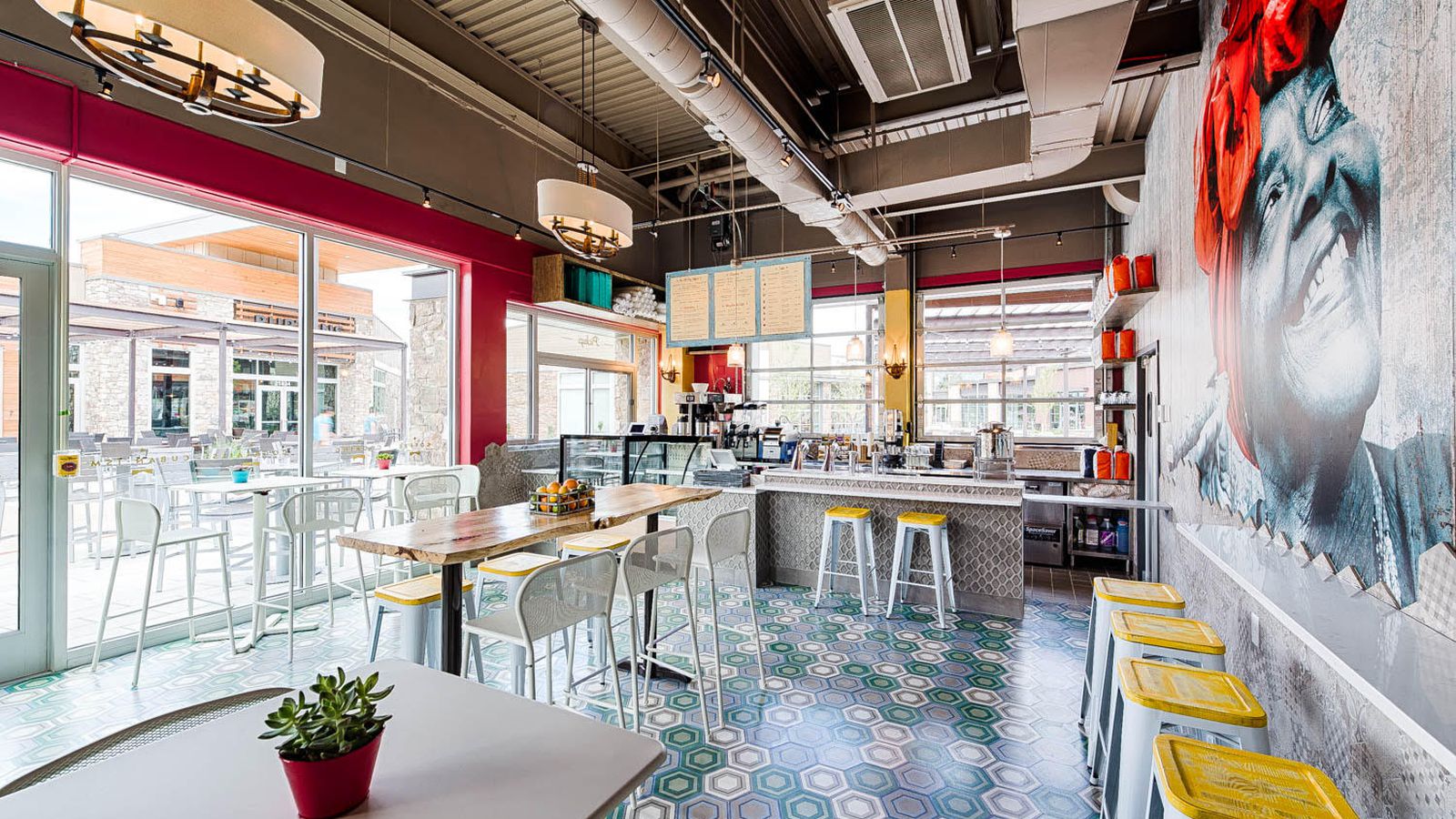


Coffee should be an experience, not just a medium to ingest caffeine. If youve been to Miami, you probably found yourself pondering that question when you tried to get your caffeine fix. And we only use arabica beans because we believe you deserve the best that coffee has to offer. Its very true, in a 2oz double espresso there is about 80 milligrams where. That’s 60% more caffeine in your “cup” if you’re brewing at the same density.Īlso, remember that decaffeinated coffee is not 100% decaffeinated it may contain up to seven milligrams of caffeine in each cup.Īt Keys Coffee, we have a variety of different, delicious coffees to choose from, whether you prefer caffeinated or decaffeinated brews and blends. I love how a lot of people thought there was more caffeine in Espresso than coffee. Department of Agriculture (USDA), 100g of Cuban coffee has 199mg of.

For instance, while Hamilton & Beach, and Mr Coffee consider a cup to be 5oz, Starbucks machines brew 8oz per cup. Botany, Arabica, Catimor ,Typica Aromatic Notes, Nuts Product Packaging, Vacuum - 250 g CAFFEINE CONTENT, Caffeinated Type of Coffee, Coffee Beans. Cuban coffee has about 5 times more caffeine than regular coffee. However, some varieties may contain even higher amounts of caffeine. Watch out for the size of your coffee too! The “cup” measurement on the side of your coffee pot at home isn’t a set standard. It may contain varying amounts of caffeine, ranging from 07 mg per cup, with the average cup containing 3 mg ( 5, 6, 7 ). The type of beans is a huge one - robusta beans are said to have more caffeine than arabica beans, but this comes at the cost of its flavor robusta beans are more bitter because of this caffeine content. While each coffee contains a different level of caffeine, there are certain factors that influence how much caffeine will be present in each cup. So, lighter roasts offer a better buzz than dark ones. Unroasted coffee beans have the most caffeine and the content decreases the longer those beans are roasted. Generally speaking, one serving (five fluid ounces) of Arabica instant coffee contains about 70 mg of caffeine, while a serving of brewed Robusta may contain. You’ll find fewer milligrams of caffeine in brewed coffee than in drip coffee, (up to 40 more milligrams) and in espresso, you’ll find 100 milligrams of caffeine. According to Healthline, a regular cup of coffee averages roughly 95 milligrams of caffeine. But you know the world isn’t so black and flat white the level of caffeine in a given bean or brew can vary drastically.Ĭaffeine content changes in every cup depending on the coffee’s type and method of preparation. On the other hand, Arabica beans are there to give our daily cafecito that taste that we all know and love. Robusta beans are known for helping Cuban espresso form a proper crema or foam, and for having a higher caffeine content. To some people in the world, there are only two kinds of coffees: regular and decaf. You need to make sure that the Cuban coffee you select contains both Arabica and Robusta beans.


 0 kommentar(er)
0 kommentar(er)
